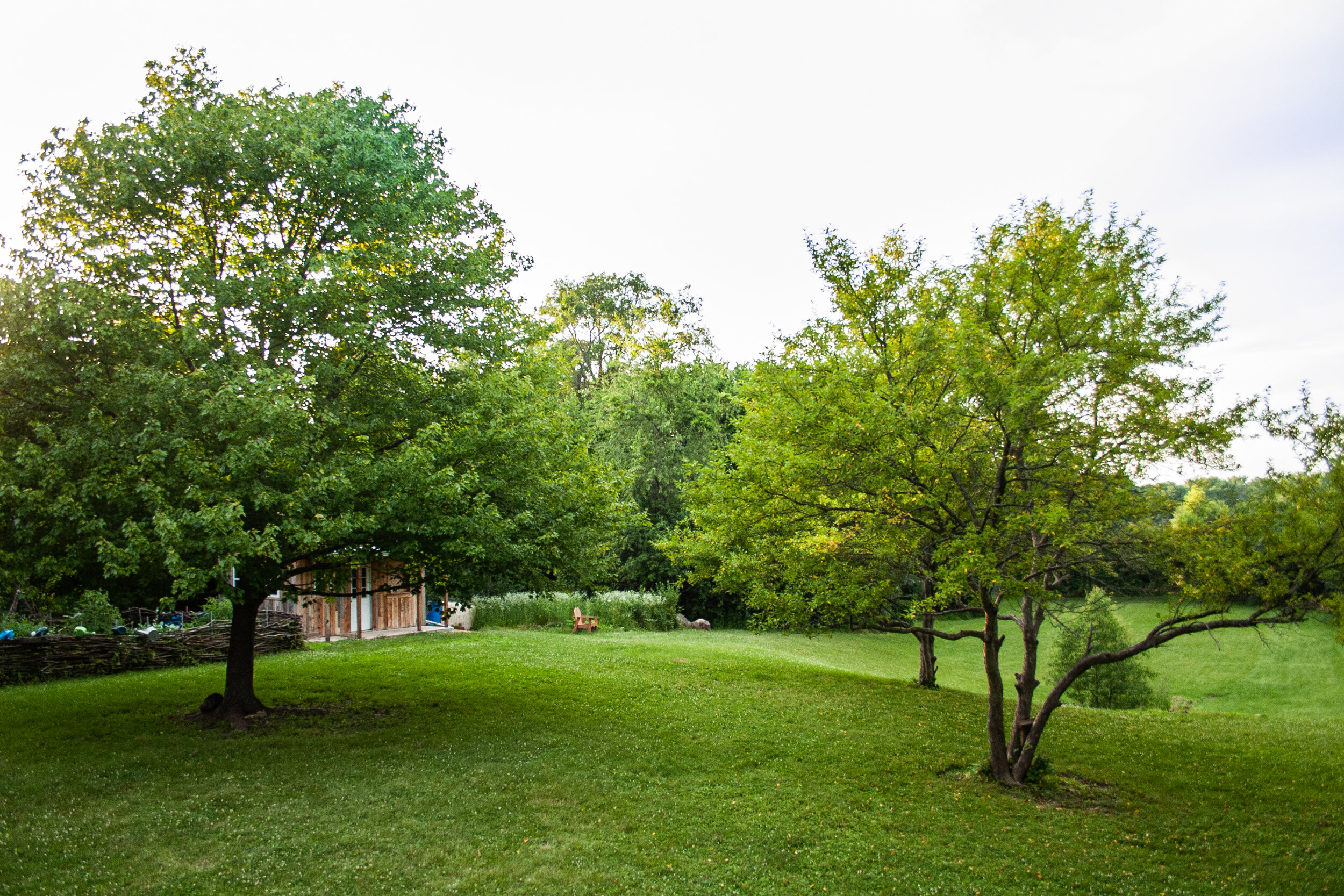Delaying formal education until age 6 or 7 offers numerous benefits for children, including enhanced cognitive development, emotional resilience, improved social skills, and reduced stress. By allowing children the time to develop at their own pace, we are supporting them in becoming confident, well-rounded individuals who are ready for formal schooling when the time is right
Exploring Common Ground: The Similarities Between Waldorf, Montessori, and Reggio Educational Philosophies
While Waldorf, Montessori, and Reggio Emilia differ in certain aspects of methodology, they are united by a shared belief in the importance of fostering well-rounded, creative, and independent learners. These educational approaches recognize the child as an active participant in their own learning journey, with the teacher serving as a guide and the environment as a vital tool. Whether through creative expression, hands-on exploration, or fostering social-emotional growth, these philosophies all work to create an enriching and holistic educational experience that honors the individual child’s needs and potential.
Fostering Creativity and Innovation: Famous Figures Who Benefited from Waldorf Education
Waldorf education stands as a beacon for cultivating creativity, critical thinking, and emotional intelligence. It provides students with the tools to become well-rounded individuals ready to tackle challenges across industries. Across the globe, many notable figures credit their success to the foundational experiences they had in Waldorf schools. These trailblazers are living proof of how the Waldorf approach—centered around artistic expression, hands-on learning, and holistic development—nurtures innovative, empathetic, and forward-thinking leaders.
WSD Alumni, Laurel Hays Reflects on Her Waldorf Journey
A Waldorf School of DuPage alumna fondly remembers her time at the school, emphasizing the importance of nature, creativity, and hands-on learning. “The school didn’t find its true home until I was in 6th grade, but no matter where we were, it was always a priority to have a nice space for play in nature—recess forests, outdoor activities, etc.,” she shares. Her early connection to nature had a lasting impact, and it continues to shape her life today.
Why Waldorf Education Is Worth the Investment
Choosing the right school for your child is one of the most important decisions you'll make, and while the financial commitment of a Waldorf education might seem like a significant investment, it is an investment that pays dividends for your child's future. The unique approach of Waldorf education goes beyond academics, offering your child a foundation that nurtures their intellectual, emotional, and creative growth—preparing them for both academic success and a fulfilling life.





